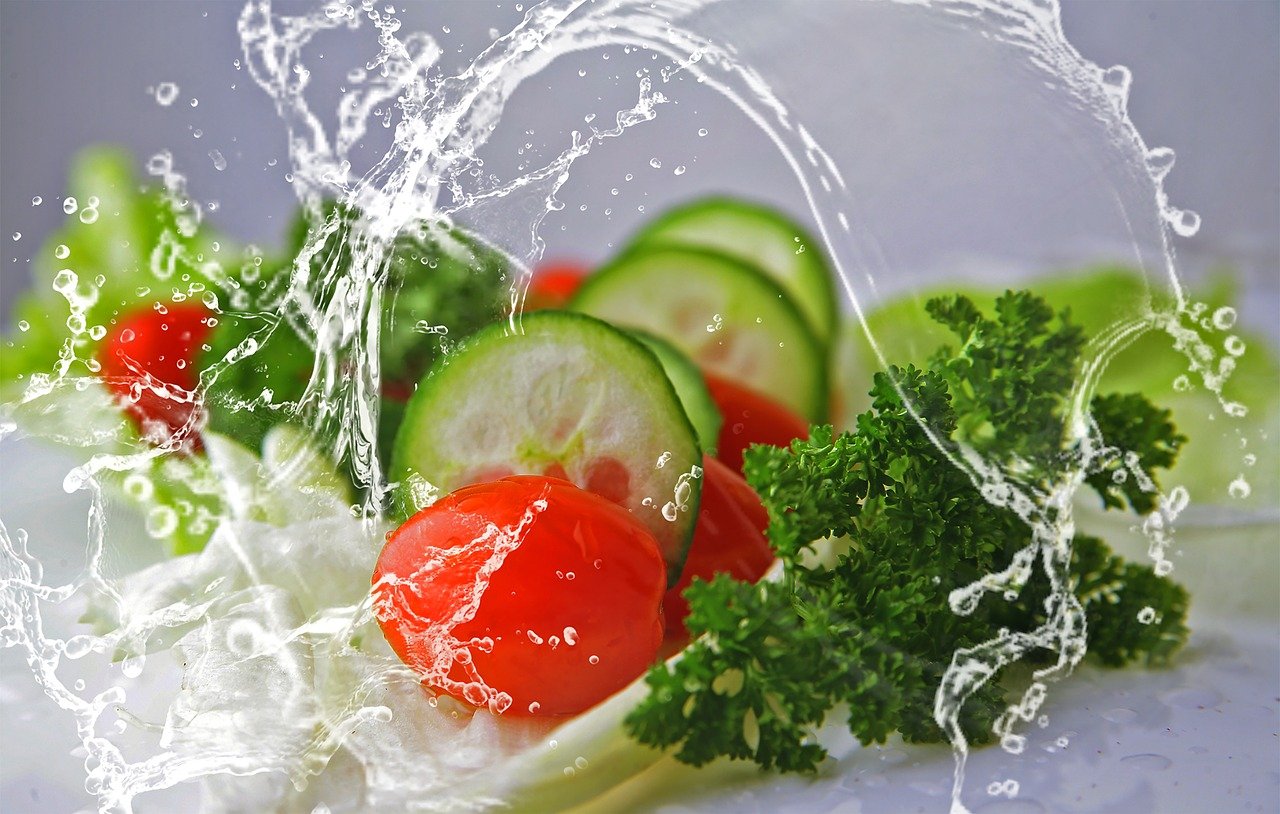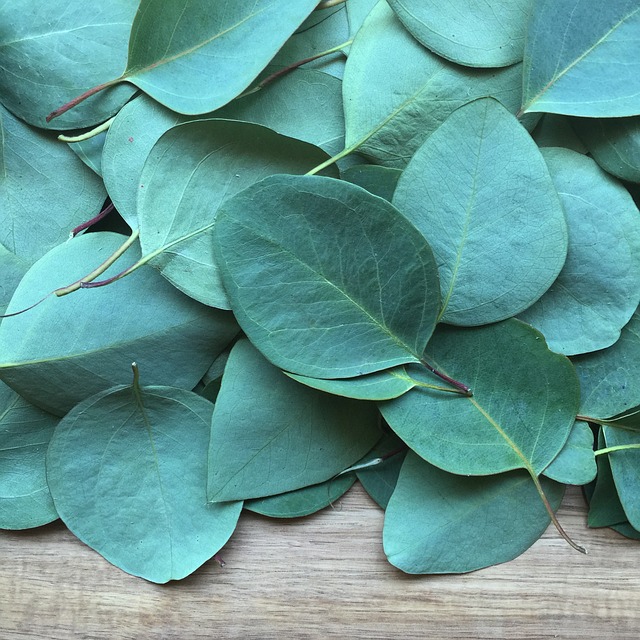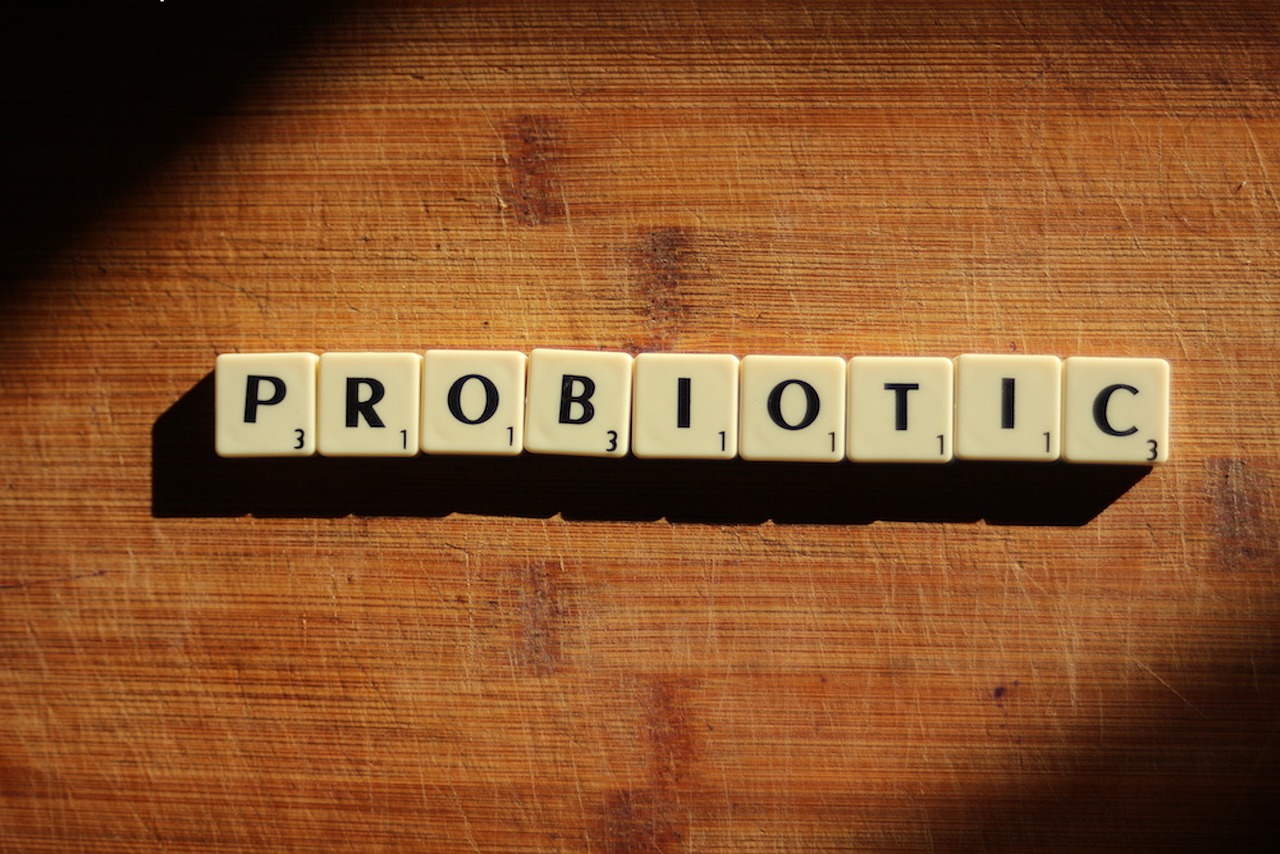Do you feel that you catch colds too often, while knowing someone who seems like they’ve never caught one?
It might be because your immune system is weaker than theirs. Although some of us are born with a stronger immune system, it can also become weakened due to a poor diet and lifestyle.
In this article, we will identify the 12 best immune boosting foods, plus additional tips on how to strengthen your immune defenses.
How The Immune System Works
The immune system is the body’s defense mechanism, which protects you from foreign invaders, such as bacteria, viruses, parasites, and more. Without it, our body is vulnerable and easily overtaken by these organisms, which can ultimately result to death.[1]
Thanks to the immune system, you’ll only experience a bout of fever (or none at all) until your body successfully kills off a foreign invader. These foreign invaders can be found everywhere, and you are more likely to contract them from dirty environments or from people who are already infected.

If a person has a compromised immune system, their symptoms will be more intense as the body will struggle to kill off these natural invaders.
The immune system is made up of a complex system of cells and tissues that work together to respond to invading pathogens. This includes leukocytes (white blood cells) and the organs that produce them. Leukocytes can be divided into two groups[2]:
- Phagocytes: Their main role is to surround and break down pathogens.
- Lymphocytes: These cells store information about previous invaders to easily recognize them once they enter your system once again.
Additionally, these cells are assisted by molecules such as antibodies, which serves as a marker for pathogens, and cytokines, the messenger molecules that coordinate the proper response for any incoming invader.
Once a pathogen enters your body, all of these cells work together to identify, locate, and kill the menacing pathogens. This is why it is in your best interest to strengthen your immune system, as it is your body’s last line of defense.
What Happens When the Immune System is Weakened?
When a person has a weakened immune system, they are more susceptible to developing infections and diseases. According to Penn Medicine, here are some definite warning signs that you have a compromised immune system.[3]
- Your stress levels are always high. Long-term stress Is known to weaken your immune response. This is why you’ll often feel sick during or after a stressful phase in your life.
- You always have a cold. Constantly catching colds (more than 3 times a year) is a sign that your immune system is struggling.
- You have a troubled digestive system. Nearly 70% of your immune system can be found in your gut microbiome. A lack of these beneficial bacteria will manifest through a bad case of diarrhea, constipation, or excessive gas. This also means that you have more of the bad bacteria that will make you more susceptible to infections.
- Your wounds heal a little too slow. The cells of your immune system are also responsible for repairing damaged skin. When you have less of these cells (or if they’re simply not working properly), your wounds will heal slower than usual.
The Best Immune Boosting Foods
One great way to strengthen your immune system is to switch to a healthy and balanced diet.
Many of us are accustomed to eating processed foods because they’re cheaper and convenient. However, these foods contain little to no nutritional value.
With a diet filled with immune boosting foods, you’ll experience amazing health benefits that will improve your life. One of these benefits is having an improved immune system.
Some foods contain more compounds that are scientifically proven to increase immunity. Here are some examples of immune boosting foods:
Turmeric
Turmeric is a spice that is mostly used in South Asian cuisine. it is a primary ingredient for many of their popular foods, such as curry or biryani rice.
This strong spice is also known among health enthusiasts as a superfood due to its health benefits. Its main component, curcumin, which has been found to have strong anti-inflammatory and immunity-boosting properties. Curcumin is also a powerful antioxidant that will protect your further from chronic diseases.[4,5]
Aside from using turmeric as a spice, another great way to consume it is to drink it as “golden milk” – a concoction made from turmeric, milk, cinnamon, and other spices.
Citrus Fruits
Citrus fruits, such as oranges, lemons, grapefruit, and tangerines, are high in Vitamin C. If you’ve ever caught a cold, chances are that you’ve been advised to take Vitamin C supplements – this is because Vitamin C is believed to boost the production of white blood cells, increasing the supply of your body’s defenders. [6]
The body does not store or produce its own supply of Vitamin C, thus it is important to consume a regular supply. Thankfully, citrus fruits can be eaten as a snack, or enjoyed as refreshing fruit drinks. They can even be incorporated in your favorite barbeque marinades!
Garlic
A common ingredient used around the world, garlic doesn’t just keep vampires away, but it can also help you fight off diseases by having immune boosting properties.

In one study, results suggest that garlic may be effective in treating the common cold. However, more clinical studies have yet to be conducted to strengthen this claim.[7]
Spinach
Another immune boosting food is a dark leafy green called Spinach. While it may not give you instant super strength as it does to Popeye, it can make you stronger against diseases by boosting your immune system.
Additionally, spinach is also rich in antioxidants, specifically beta carotene, which gives it its dark green color. These antioxidants will give you another layer of protection as it fights off the free radicals that cause chronic diseases and premature aging.[8]
Keep in mind that spinach loses its nutrients the more you cook it. Thus, it’s advisable to cook it lightly, or added as the last ingredient to a recipe.
Green Tea
Green tea is a popular drink, and it is believed that it is only second to water as the most consumed beverage in the world. Not only will green tea help you relax and perk up at the same time (because of its caffeine content), but it’s also rich in antioxidants that it is known for.
One of the antioxidants green tea has is called epigallocatechin gallate (EGCG), which was found to improve immune function in some studies.[8]
Green tea is also great for digestion too and it is usually best to drink green tea to water down a full meal.
Papaya
This tropical fruit is also loaded with Vitamin C. Both enjoyable as a snack or a smoothie, papayas are a versatile fruit that can give your immune system an extra boost.
Papaya also contains digestive enzymes with anti-inflammatory properties, protecting you from a number of chronic diseases. This fruit is also rich in essential vitamins and minerals such as potassium, magnesium, and folate.[8]
Kiwi
Kiwis are another tropical fruit that is rich in both Vitamin C and K, which are both essential for maintaining your body’s processes.[8]
Kiwis are a popular addition in yogurt bowls as its tart and sweet taste complements the creamy flavor of yogurt. Kiwis are also perfectly fine when consumed as a snack and it can even be turned into a smoothie, best paired with other fresh fruits.
Poultry
There is a good reason why chicken soup is a popular comfort food among sick people, aside from the fact that its warmth and taste is calming in itself. Poultry products such as chicken and turkey are rich in Vitamins B6, which is vital for the production of red blood cells. Additionally, chicken soups have an anti-inflammatory effect that will help soothe any internal problems.[8]
Ginger
A cousin of the turmeric, ginger also has similar anti-inflammatory properties. In fact, ginger has long been used as a remedy for sore throat, a precursor to infections happening inside your body.[8]
Ginger can be used to introduce a zesty and earthy flavor to your dishes. It is a staple ingredient in many Asian cuisines, so if you’re looking for a way to incorporate ginger in your diet, you can look into the hundreds of dishes ginger is used in.
Bell Pepper
Surprisingly, bell pepper have more Vitamin C than citrus fruits, with as much as three times the Vitamin C. Additionally, bell peppers contain carotenoids, which are antioxidants that give it its bright red or green colors.
Bell pepper is a delicious ingredient that can be applied in many dishes. Pizzas, pastas, stews, stir fry, salads – you name it, bell peppers go perfectly well. You can also dip them in hummus too, for a healthy and filling snack.
Dark Chocolate
Chocolate lovers, rejoice! The beloved cocoa is a potent source of theobromine, an antioxidant that boosts your immunity by protecting your body from free radicals.[8]
To get the most out of cocoa’s benefits, dark chocolate is the way to go. Compared to regular chocolate candy bars, dark chocolate has higher concentrations of cocoa, while typically having less sugars and other unhealthy artificial additives.
Sweet Potatoes
This tasty carbohydrate gets its color from its high beta carotene content. As an antioxidant, beta carotene will protect your body from the damage caused by free radicals.
Sweet potatoes can be enjoyed just like a regular potato, although it has a distinct sweet flavor. It can be fried, mashed, or steamed, and when combined with vegetables and proteins, you’ve got yourself a complete and nutritious meal.
Additional Tips for Strengthening the Immune System
Aside from these immune boosting foods, here are some additional lifestyle changes you can make to further strengthen your immune system according to Harvard Health Publishing[9].
- Don’t smoke
- Exercise regularly
- Cut your alcohol intake – drink only in moderation
- Maintain a healthy weight
- Consciously avoid infections by always washing your hands with soap and water
- Minimize stress, or dedicate some time to de-stress
- Always make sure to receive adequate sleep
Conclusion
As your body’s last line of defense, it is absolutely important to pay attention to your immune system.
Thankfully, mother nature provides us with immune boosting foods that will not only improve our immune defenses but will also benefit other aspects of our health as well.
Coupled with a healthy and active lifestyle, you’ll find yourself less susceptible to contracting infections and diseases.
References
[1] Dunkin, M. (2009, November 16) How To Use Your Immune System To Stay Healthy. Retrieved from https://www.webmd.com/a-to-z-guides/features/how-use-your-immune-system-stay-healthy#1
[2] Newman, T. & Murrel, D. (2018, January 11) How the immune system works. Retrieved from https://www.medicalnewstoday.com/articles/320101
[3] Hasan, N. (2020, March 23) 6 Signs You Have a Weakened Immune System. Retrieved from https://www.pennmedicine.org/updates/blogs/health-and-wellness/2020/march/weakened-immune-system
[4] Hewlings, S. J., & Kalman, D. S. (2017). Curcumin: A Review of Its’ Effects on Human Health. Foods (Basel, Switzerland), 6(10), 92. https://doi.org/10.3390/foods6100092
[5] Catanzaro, M., Corsini, E., Rosini, M., Racchi, M., & Lanni, C. (2018). Immunomodulators Inspired by Nature: A Review on Curcumin and Echinacea. Molecules, 23(11), 2778. doi:10.3390/molecules23112778
[6] Jennings, K. (2017, January 27) 7 Reasons to Eat More Citrus Fruits. Retrieved from https://www.healthline.com/nutrition/citrus-fruit-benefits
[7] Lissiman, E., Bhasale, A. L., & Cohen, M. (2014). Garlic for the common cold. Cochrane Database of Systematic Reviews. doi:10.1002/14651858.cd006206.pub4
[8] Schend, J. & Richter, A. (2020, April 30) 15 Foods That Boost the Immune System. Retrieved from healthline.com/health/food-nutrition/foods-that-boost-the-immune-system[9] Harvard Health Publishing. (2014, September) How to boost your immune system. Retrieved from https://www.health.harvard.edu/staying-healthy/how-to-boost-your-immune-system







